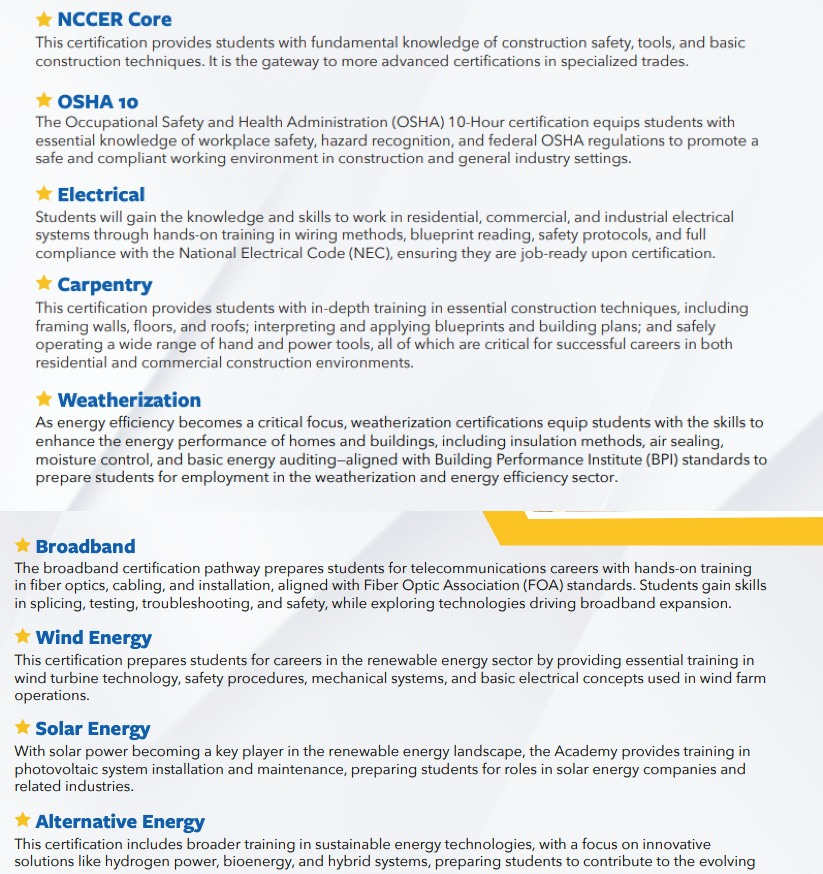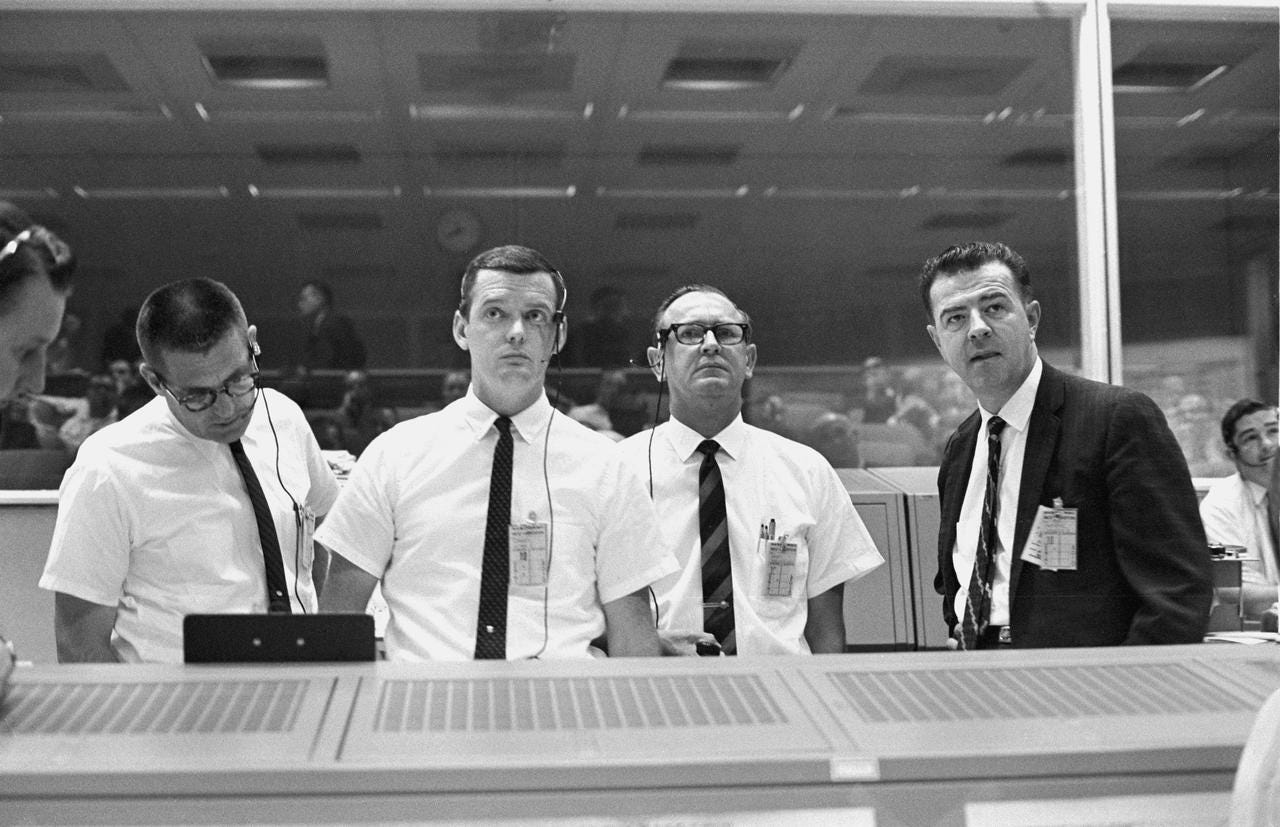Million Dollar Dump, Hot Take on Shorts, & More
Around the College Towns: Links and commentary related to urbanism and higher ed for the week of Aug. 17 - Aug. 24.
Note: Around the College Town is my weekly links roundup article on urbanism and education. This weekly post mostly covers news that may have fallen through the cracks rather than the big events.
Million Dollar Dump
There was a viral post on X about a dumpy little house in Whittier, CA, selling for over a million dollars. Most people were dismayed at the state of housing in California. But this has become fairly common pricing for single-family homes in the LA metroplex.
One response that annoyed me was from some who claimed this just showed Boomers were willing to live in dumpy places that younger generations would not do today. “A lot of complaints that boomers bought houses extra cheap did so because they bought in empty or ‘lame’ areas that only decades later became what Millennials think of as livable. You can take that risk too if you want. In fact maybe you should,” posted writer Simon Sarris.
While this might be true in some cases of Boomers venturing into the far exurbs just to get their own house, this is certainly not the case with this home. Instead, this home is an example of generations pulling the ladder up from behind.
You see, Whittier is not some “lame” exurb far from the city. It’s only about 20 miles from Union Station in LA. There even used to be a Pacific Electric “Big Red” streetcar connecting the cities, though shuttered in 1938. Still, old streetcar suburbs have long been highly desirable, often preserving some good density mixed suburban life. Whittier has good bones in its downtown, as well as a little college. The house in question is 2 miles from here:
Boomers were not virtuous explorers staking claim in the expansive frontier, waiting for civilization to meet them. No, instead, Whittier’s downtown and density was artificially constricted through strict zoning restrictions, just like pretty much every city in California. Most of Whittier is zoned for residential, even right next to the downtown.
In a normal functioning society, Whitter would have incrementally grown out from its downtown to keep thickening up the city. This was the traditional development model that got us the lovely downtown and the National Bank building. You can see on the map that this area is just a tiny brown splotch. It all comes back to zoning that came later, abandoning earlier models of development, which sent prices to the moon.
Links I’m Reading This Week
Education
My home state and adoptive state, Oklahoma and California, are feuding. Oklahoma will force any teachers coming from California (plus my old adoptive state of New York) to take an America First test before being able to teach. Given it’s just these two states, I wonder if that violates Article IV, Section 2, Clause 1 of the Constitution?
The Citizens of each State shall be entitled to all Privileges and Immunities of Citizens in the several States
Pittsburgh is hoping college students can help energize parts of downtown. With its new BRT, I think it could work.
MIT grad student making real impact on cities with his land-value tax work. It’s may get implemented in Detroit!
Riverside, CA, opens new public student housing for both community college and university students. It’s rare for community colleges to even have housing, let alone mixing in with the university students. I like it.
Even in Texas, where they are supposedly more liberal about building housing, there are fights against student housing in college towns. This time at San Marcos and Texas State.
Limestone University in South Carolina looks to be shuttering. I do wish I could have done some research visits in these Southern colleges.
Nebraska community college students build low-income for-sale home. Interesting model here.
Texas A&M University–Kingsville is opening a skilled trades academy that focuses on electrical, carpentry, and other construction skills. Innovative approach. I am thinking we will start to see more of this in higher ed.

Urbanism-ish
Detroit is mulling a massive downtown development called Detroit City Football Club Stadium. It looks to not just be a sea of parking, and instead housing, bike paths, retail, and a stadium. Seems nice!
A bike path in Marina del Rey, California, was cut off by a grocery store that didn’t like the public crossing into its parking lot. Such a familiar story here in the US. We really do need some right-to-roam laws.
New research says playing Zelda and watching Ghibli movies is good for you. I will not be looking at the methods and will instead just assume this is accurate since it’s what I already do.
Indonesia’s new high-speed rail line has higher ridership than expected, but also at a pricetag that’s way over budget.
CNN says Afghanistan is a new hot destination for influencers. You know, I was prepared to make fun of these people, but I have reconsidered. Young men, especially, need to get out of the house and have some adventures abroad. Film it, let us watch.
Mark Zuckerberg has been buying up all his neighbors to create a
Metamega-compound in Palo Alto, California. It’s hilariously ridiculous that this kind of thing is perfectly legal, yet building a townhouse there requires years of community reviews, debates, and input.
Around Substack
Note: I also think it’s important to stay connected to the growing Substack community. Here are a few I am reading this week:
Katherine Goldstein at The Double Shift has an interesting thought about the growing time commitment for kids’ activities. She wonders if the shift is one reason Americans have become more isolated and lonely.
Many competitive activities can become consuming, but youth sports have the most tentacles for sucking families into doom loops. A 2025 National Youth Sports Parents survey found that parents spend an astonishing 3 hours and 23 minutes per day supporting their kids' sports activities, including driving, prepping meals and snacks, attending practices and games, and coordinating logistics
The Existential Contrarian wonders if the US has been squandering the education of gifted children. I sort of disagree (which I may write on one day). Nonetheless, it is thought-provoking.
They weren’t. They recalled school as painfully boring. (To read the study, see https://journals.sagepub.com/doi/full/10.1177/00169862251339670.) Mostly, the classes were a waste of time, and the assignments and tests were far too easy. To quote one respondent: “I remember vividly being so bored I could scream in elementary school, and trying to read books under my desk to pass the time, and being reprimanded. It is a crime not to challenge good minds!”
Closing Time… Shorts at Work
The Financial Times has a hot take that got the internet riled up: the author suggests that we start wearing shorts to the workplace. The argument centers around the warming climate, so we have to adapt by allowing shorts in more formal settings.
I will give it up to the author, it was certainly a hot take—one that was not popular online. Add me to the chorus of against here. It just looks totally ridiculous even in the very fashionable examples:
So mark me down as a “no” on shorts to work. But it did get me thinking of my own fashion hot take related to the heat: We should bring back the short-sleeve shirt and tie. The look I am talking about is that mid-century NASA aesthetic. What a vibe NASA was in the 1960s. Let’s bring this back.
I should note that they still do this in East Asia, particularly in Japan and Hong Kong, where I was this summer. I think I was one of the only gents at the conference wearing a long-sleeve shirt. So from now on, mark me down as a yes for the ‘60s NASA vibe.










Thanks for mentioning my work!